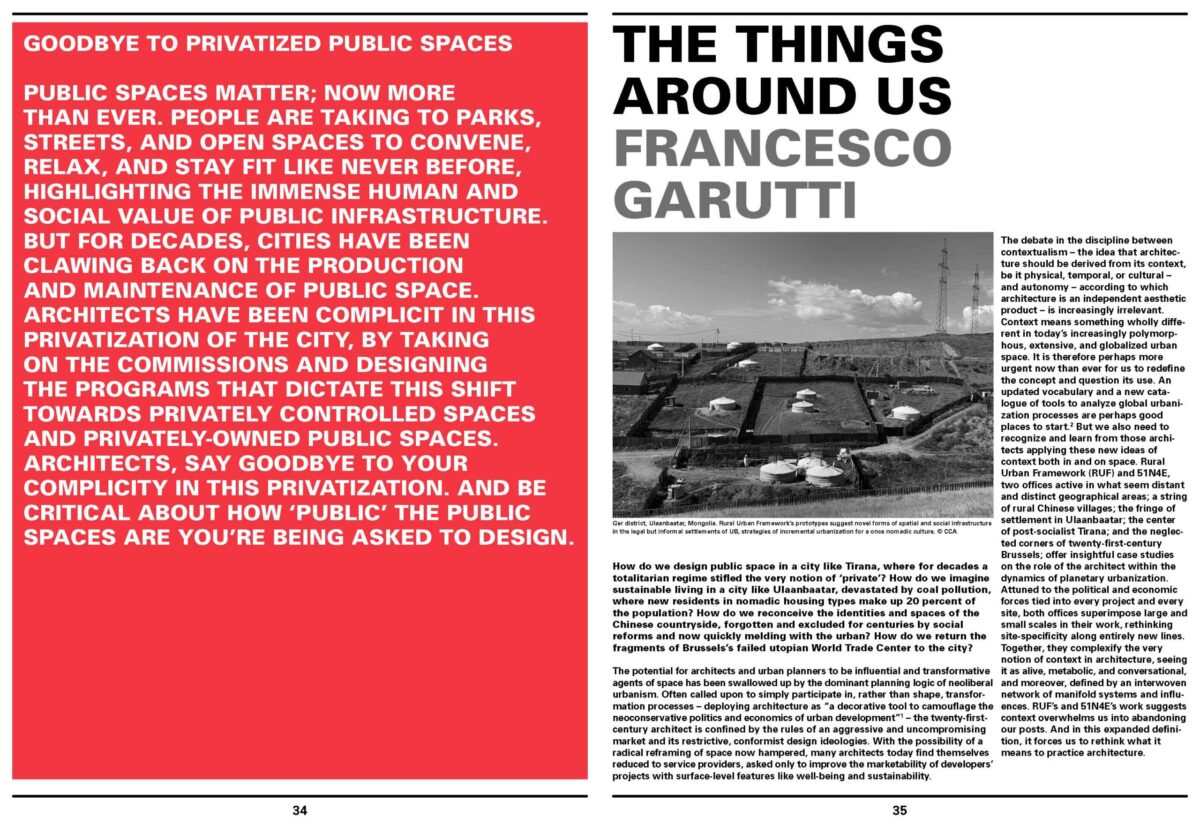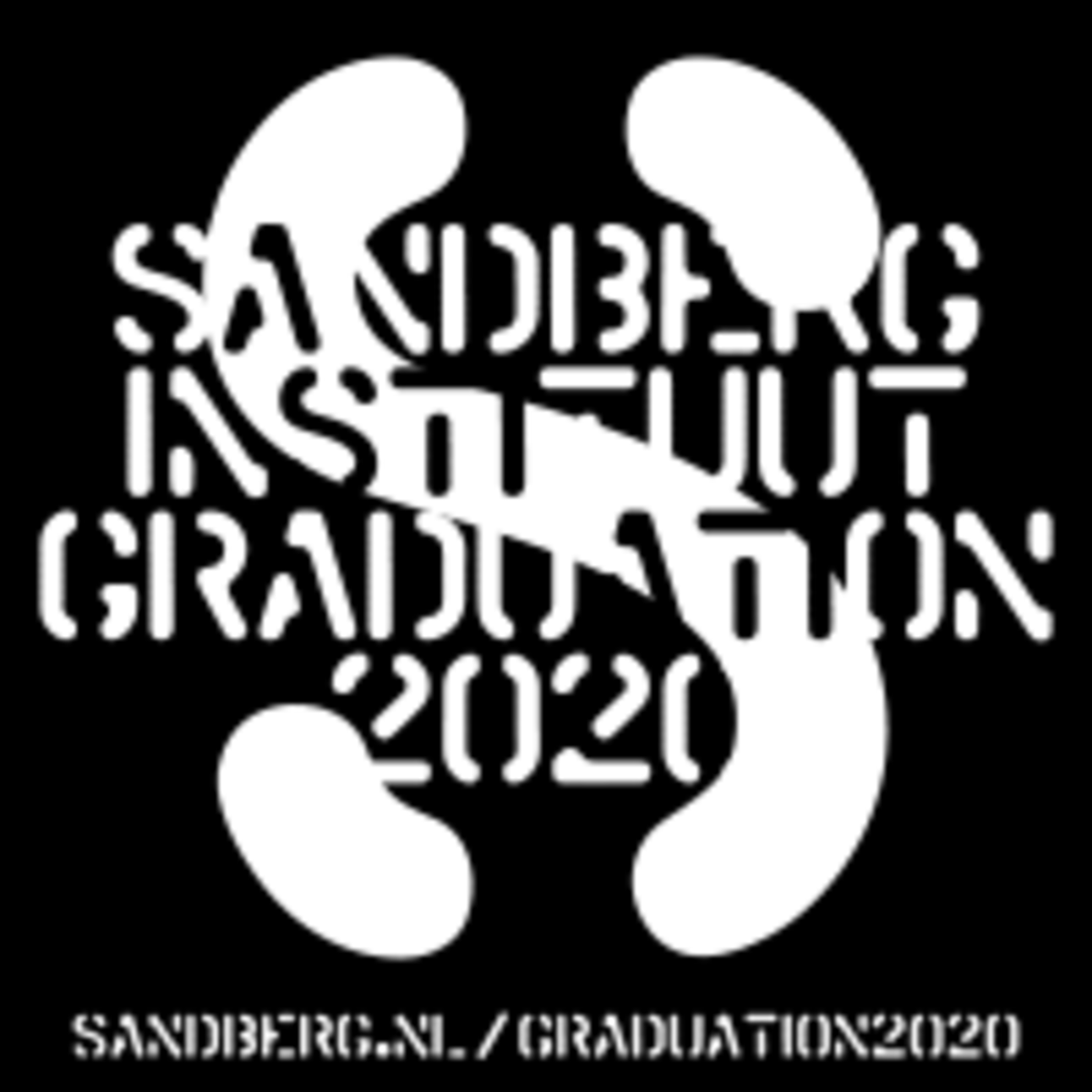Join Printed Matter, Jeffrey Inaba and guests to celebrate the launch of Volume #29: The Urban Conspiracy! Friday 2 December, 2011, 5-7 pm, at Art Basel Miami Beach, Miami Beach Covention Center. Sponsored by Printed Matter.
30 September-2 October, MoMA PS1, Long Island City, Queens. Click here for more information. [nyc art book fair] Printed Matter, the world’s largest non-profit organization dedicated to publications by artists, presents the sixth annual NY Art Book Fair, September 30–October 2 at MoMA PS1, Long Island City, Queens. A preview will be held on the evening of Thursday, September 29th. Free and open to the public, and featuring more than 200 exhibitors, the NY Art Book Fair is the world’s premier event for artists’ books, contemporary art catalogs and monographs, art periodicals, and artist zines. Exhibitors include international presses, booksellers, antiquarian dealers, artists and independent publishers from twenty countries. We're proud to be part of the NYC Art Book Fair! The NY Art Book Fair 2011 will include special projects, screenings, book signings, and performances, throughout the weekend. The Classroom—a curated series of artist-led workshops, readings, and discussions—and the fifth annual Contemporary Artists’ Books Conference—a dynamic, two-day symposium on emerging practices and debates within art-book culture—will engage visitors in lively conversation all weekend long.

